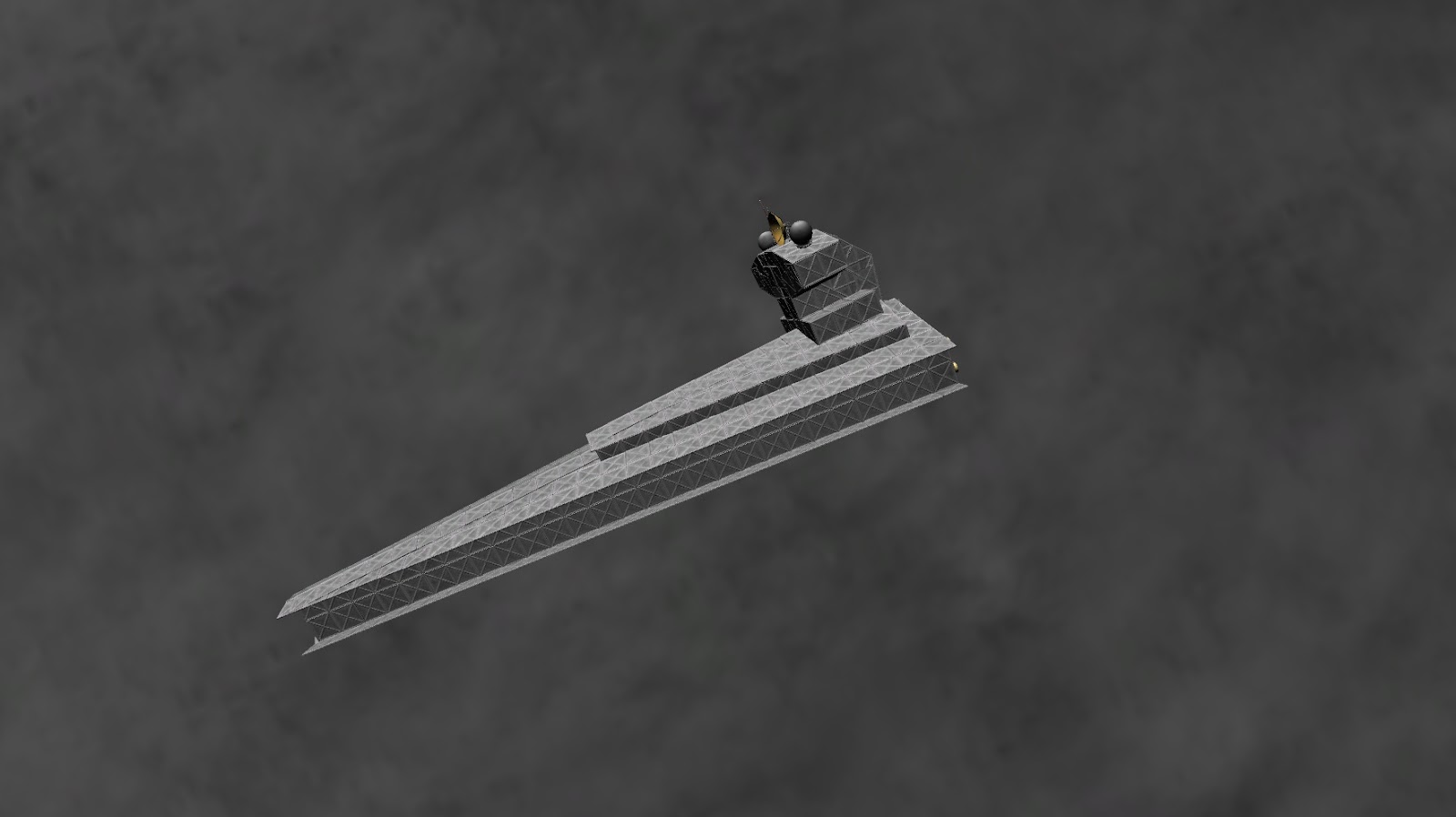


Posted in Parts Tagged 3d printed plane, airfoil, tom stanton, wing Post navigation A well-designed airframe is essential when pushing aircraft to the edge of efficiency, like solar-powered plane to fly overnight. It’s primarily intended for straight wings with a continuous profile, but it should be adaptable to tapered/swept wings too. These steps might seem simple, but it took about 3 weeks of experimentation to find a process that works. When these quadrants combine with the outer shell, it allows the slicer to treat the entire print as a continuous external perimeter line using “ vase mode“. The ribs are first treated as a separate body in CAD and split into four quadrants. A cylinder runs along the core of the wing to fit a carbon fiber wing spar. After importing the profile into Fusion 360, he created internal ribs in a diagonal grid pattern, with lightening holes running along the length of the wing.
Import oolite ship into wings 3d download#
He wanted a wing that would allow a smooth transition from hover to forward flight, and used the Airfoil Tools website to find and download the appropriate airfoil profile. To get around this, he designed the wings and their internal ribs to be printed in one continuously extruded line. It was printed with lightweight PLA, which can ooze badly when it stops extruding. used the process demonstrated in the video after the break to create the wing for his latest VTOL RC aircraft. If you’re moving beyond foam board wings, 3D printing is an excellent way to create an accurate airfoil, and provides us with an excellent guide to modeling wing sections for easy printing. Absolute sizes don't matter, only relative sizes matter.The exact airfoil shape of a wing has a massive effect on the performance and efficiency of an aircraft and will be selected based on the intended flight envelope. If your ship is supposed to have more cargo capacity than an Adder (2 t), than it has to be bigger than an Adder (45 x 8 x 30), which is the smallest ship in the original set. Why invest a lot of time in making a nice texture for a 20 x 10 x 10 ship, if that automatically means that no player will ever get close enough to it to see more of it than a few pixels? So: blow it up! Compare sizes of similar ships. A ship has to be big, if you want players to actually see it on their screen. Even if that means that they seem too big for you. This is inherently incorrectable, so you better don't think too much about it, and just try to get your ship dimensions somehow in-line with those of other ships. So, for the sake of gameplay, sizes and distances are messed up. You simply wouldn't see or find a station in front of a giant planet, and you would never meet other ships, because they would be too tiny in the huge void. Because if the sizes and distances were up to scale, you would have a better simulation, but a lousy game. Again, this is just for convenience's sake. And that suns and planets are way too small, and too close to each other, if compared to ships and stations. Still, you simply have to ignore that fact that ships, stations, and especially cargopods are way too big, if compared to suns and planets. And, for convenience's sake, we like to assume that our basic unit is the meter. The only thing that matters is that your ship has believable dimensions, if compared to other ships, stations, and asteroids. Why shouldn't Green Slimy Frogs be three-and-a-half kilometers tall, or just a couple of nanometers?). (The Ooniverse could be microscopic, or very much inflated. Again, whether you think that this represents millimeters or parsecs, doesn't really matter. Whatever ship you build, it should fit into a standard docking bay, which has the dimensions 250 x 64 x 192, and sits in a station of size 1000 x 1000 x 1000. Yes, sizes in Oolite are supposed to be meters, but that doesn't really matter. I'm sure someone who's more awake and less ill than me can give you a pointer to it. Oh and I seem to recall someone in the past doing a cross-section drawing of a Cobbie3. That one historically seems to be down to a typo/misread from Elite that's been maintained, but the whole concept is something we generally agree to ignore, or at least just measure with an elastic ruler. So consider them as metres as a first approximation.īut given by this the planets and suns in Oolite are only about 30km across, and you can theoretically fit 700 tons/tuns/t of cargo into a Python that would no-way be big enough to accomodate 700 individual cargo pods (compare the size of a standard pod to any ship, they wouldn't even fit into a station model that easily). Wings3D measures models in metres, and iirc the quoted figures are the size it measures in Wings (or at least its bounding box' size). Do some back-searching here and you'll find discussions on it. As for size, this is something of a debate not just in Oolite but also Elite.


 0 kommentar(er)
0 kommentar(er)
